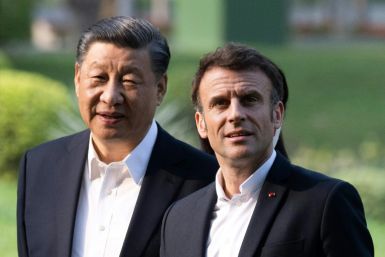Australian Stock Market Report – Midday 8/9/2012
MIDDAY REPORT
(12pm AEST)
The Australian sharemarket is gaining for the fourth straight day, with the All Ordinaries Index (XAO) up 0.2 pct or 8.7 pts to 4341.6. Some better than expected employment numbers have helped lift the market, while economic news in China so far today has been largely in-line with forecasts.
Telecommunications company, Telstra (TLS) is down 1.89 pct or 7.5 cents to $3.89 following a slightly weaker than expected Full-Year profit result. The telco announced a 5.4 pct rise in earnings to $3.4 billion. TLS is leading the way in its mobile phone division though, adding 1.6 million customers over the past 12 months, while Vodafone Australia recently announced a 178,000 slide in customer numbers over the past six months. TLS announced a 14 cent a share dividend to be paid to eligible shareholders on 21 September. It said it expects to maintain its 28 cent a year dividend payout over 2013. The company has continuously paid out at least 14 cents per dividend since 2005.
Media giant, Newscorp (NWS) is down 2.92 pct or 66 cents to $21.95 after recording slightly weaker than forecast fourth quarter profit results.
The country's second largest miner, Rio Tinto (RIO) is up 3.33 pct or $1.83 to $56.72 after announcing a slightly better than expected US$5.2 billion profit for the past six months yesterday afternoon. Resource companies are still underperforming the broader market and RIO is down 5.9 pct this year. The world's largest miner and the biggest company on the ASX, BHP Billiton (BHP) is up 1.92 pct or 62 cents to $32.90.
The major banks are mixed, with ANZ Banking Group (ANZ) currently the best of the big four, up 0.63 pct or 15 cents to $23.90. Westpac (WBC) is currently flat, National Australia Bank (NAB) is down 0.35 pct or 9 cents to $25.53 while Commonwealth Bank (CBA) is 0.47 pct or 27 cents weaker to $57.32.
On the economic front, 14,000 jobs were created last month and the unemployment rate eased from 5.3 pct to 5.2 pct. This was slightly better than expected. Around 10,000 to 15,000 jobs need to be created each month for the jobless rate to remain steady.
China's Consumer Price Index (CPI) has jumped by just 1.8 pct over the past 12 months and has continued to ease. CPI is a reading on inflation (the change in prices that consumers are paying for goods and services).
Following the end of daylight savings, major Asian markets will be trading between the hours mentioned below until October this year.
The Hong Kong sharemarket trades in two sessions each day and will now open for trade between 11.30am (AEST) and 2pm (AEST) while the second session is between 3.30pm (AEST) and 6pm (AEST).
Out of Japan, the first session will be between 11am (AEST) and 1pm (AEST) while the second session is between 2.30pm (AEST) and 5pm (AEST).
The Singapore exchange will be open for trade between 11am and 2.30pm (AEST) for the first session and then between 4pm and 7pm (AEST) for the second.
U.S futures are currently pointing to a slightly stronger start to trade tonight. Dow futures are up 34 pts. The U.S market trades between 11.30pm (AEST) and 7am (AEST).
So far in trade at lunch, 649 million shares have been traded worth $1.89 billion. 367 shares are up, 307 are lower and 290 are currently unchanged.
The Australian dollar (AUD) is buying US105.8 cents, €85.5 cents and £67.5 pence.
The AUD is the world's fifth most traded currency behind the U.S dollar, the Euro, Japanese Yen and British Pound. The AUD accounts for around 7 pct of all foreign exchange trades.
[Kick off your trading day with our newsletter]
More from IBT Markets:
Follow us on Facebook
Follow us on Twitter
Subscribe to get this delivered to your inbox daily






